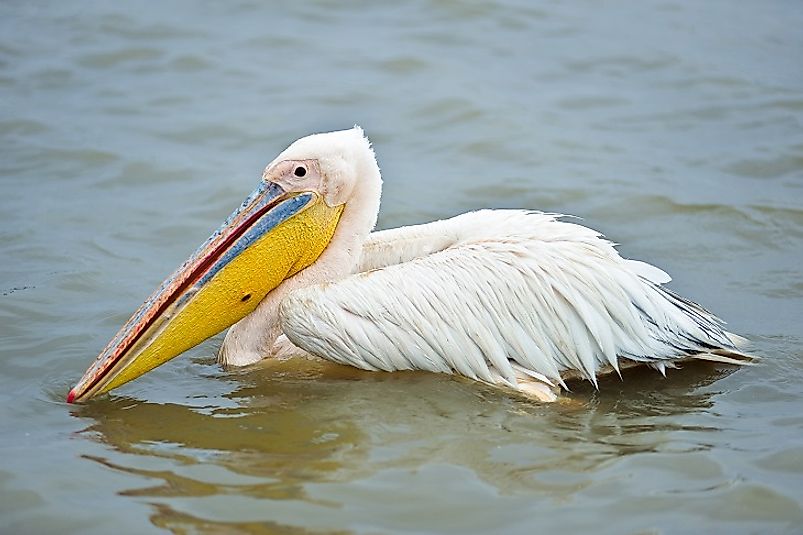Diawling National Park, Mauritania

5. Description -
The Diawling National Park was established towards the end of the 1990s in the southwestern region of Mauritania. Occupying approximately 16,000 hectares of land, the park lies along the Senegal River which serves as a boundary between the three countries of Senegal, Mali, and Mauritania. Hence, this area was a floodplain prior to the park's construction. On the opposite side of the park, also along the Senegal River basin, lies the Djoudj National Sanctuary. Also found in this park is a Lagoon consisting of brackish water, of which the Senegal River is its source. On average, the park's climate is characterized by medium to low rainfall. This park is famous, largely due to the existence of its many different bird species.
4. Historical Role -
Prior to the designation of the park as a protected area, several populations derived their income from this area. Fishing, farming, tourism, and livestock keeping were the primary activities here. The park historically also provided a habitat for birds from surrounding countries, as well as those migrating south for winter from far away in Asia and Europe. However, with the construction of the dams, much of these activities have been impacted negatively.
3. Modern Significance -
Although rehabilitation and conservation efforts are ongoing, the park still attracts visitors, even though there is not a great deal of accommodations to cater to them. Due to conservation efforts also, biodiversity has seen a boost, and some migratory species are gradually returning.
2. Habitat and Biodiversity -
As previously stated, Diawling National Park is home to thousands of bird species. These include the Greater Flamingo, Lesser Flamingo, Arabian Bustard, Black Scrub-robin, Great White Egret, and Eurasian Spoonbill. The majority of these avian species are migratory birds. Other mammals include monkeys, wart hogs, dogs, and wolves. Vegetation both past and present include a few existing trees, such as Acacia, which serves as a source of tannins for making crafts. Flowering aquatic plants including the Water Lily, food crops such as Oryza barthii (a wild rice species which is now extinct), and a host of grasses. Habitats seen there include terrestrial grasslands, forests, and wetlands.
1. Environmental Threats and Territorial Disputes -
To reduce flooding in the surrounding areas, as well as to enhance agricultural output through irrigation, two dams were constructed along the Senegal River basin. These were the Manantali and Diama dams. Manantali was created in 1989, and Diama in 1986, both before the establishment of the park. However, the risks far outweighed the benefits as soon, some of the animals in the park such as the Manatee (sea cow), and other aquatic animals ceased to exist. This was due to extended periods of drought caused by water storage by dams. Due to these changes, alien species have invaded the area and caused several imbalances to the ecosystems, the most damaging being "Salvinia molesta", also known as the "water fern". This species limits the amount of water available for aquatic animals as it grows and spreads very quickly, blocking water area. Climate change also poses potential threats to biodiversity. Other human actions which have resulted in environmental threats include deforestation, over-grazing, and excessive hunting. Territorial disputes of the national park arose prior to the park's construction. The locals were strongly opposed to the construction of a protected area as it meant giving up their sources of livelihood, such as fishing and agriculture.











